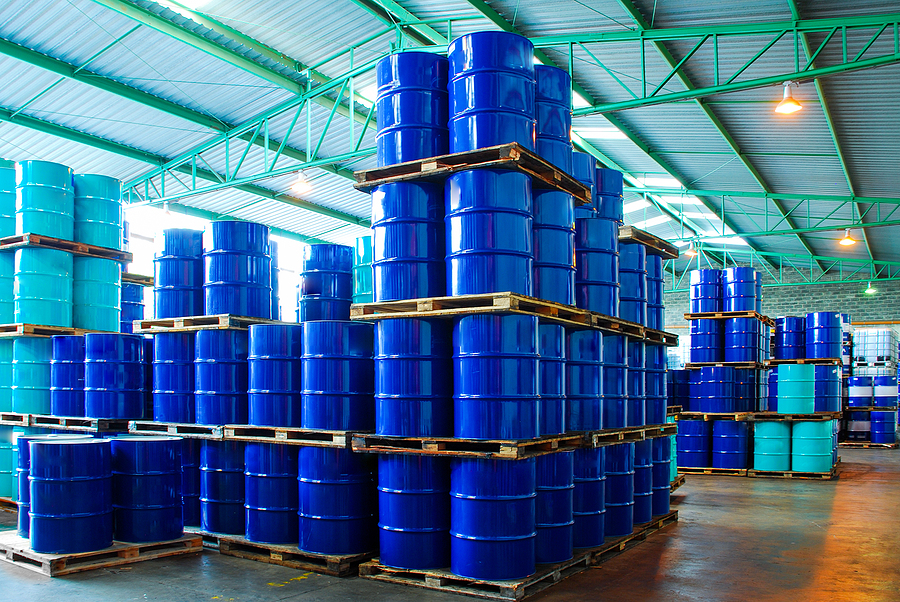Many facilities that store, move, or use oils and oil products and could potentially discharge them into navigable waters or adjoining shorelines must comply with the Spill Prevention, Control, and Countermeasure (SPCC) rule. This includes facilities that store a total of over 1,320 U.S. gallons in aboveground containers (each with a storage capacity of 55 gallons or greater), as well as those that store more than 42,000 gallons in underground containers.
The SPCC rule calls for the development and implementation of a site-specific SPCC plan, which ensures that facilities are prepared to clean up oil spills immediately. More importantly, these plans help prevent spills from happening in the first place.
Recommended Reading: A Facility Owner/Operator’s Guide to Oil Pollution Prevention [EPA]
A key part of any SPCC plan is a description of the facility’s spill prevention practices. Here are a few ways to prevent and control spills and avoid water pollution and costly cleanup.
Operating procedures
Properly containing oils is the first step toward spill prevention. The EPA recommends using containers that are appropriate for the oils inside (e.g., storing gas in a container designed for flammable liquids) and regularly inspecting containers and pipes for potential defects and leaks. For added protection, facilities can also equip containers with alarms or audible vents to detect overfill.
According to SPCC requirements, some of the other prevention steps facilities should take include:
- Training personnel on proper oil handling, spill prevention protocols, and the procedures outlined in the SPCC plan. The facility should also have a designated person who’s responsible for discharge prevention.
- Securing and restricting access to oil handling, processing, and storage areas, as well as controls for oil pumps, valves, and pipelines.
- Preventing oil-carrying vehicles from moving during loading and unloading via brake interlock systems, wheel chocks, etc. and inspecting vehicles for discharges before they leave.
Control measures
Regardless of prevention efforts, spills may still happen. So facilities must also have measures in place to contain spills and keep oil from entering waterways.
Keeping spill kits and sorbents on hand in potential discharge areas allows for prompt cleanup of small spills. For larger spills, secondary containment and diversionary structures — such as retaining walls, drainage systems, and drip pans — may be necessary. These structures help catch spills and curb the spread of oil. They should be capable of holding the amount of oil that any container or equipment failure could likely discharge, plus any potential rainfall (if applicable), until proper cleanup and disposal.
For more help with SPCC plan development, Stormwater Pollution and Prevention Plan (SWPPP) development, or stormwater testing, monitoring, and reporting, reach out to our environmental experts.

